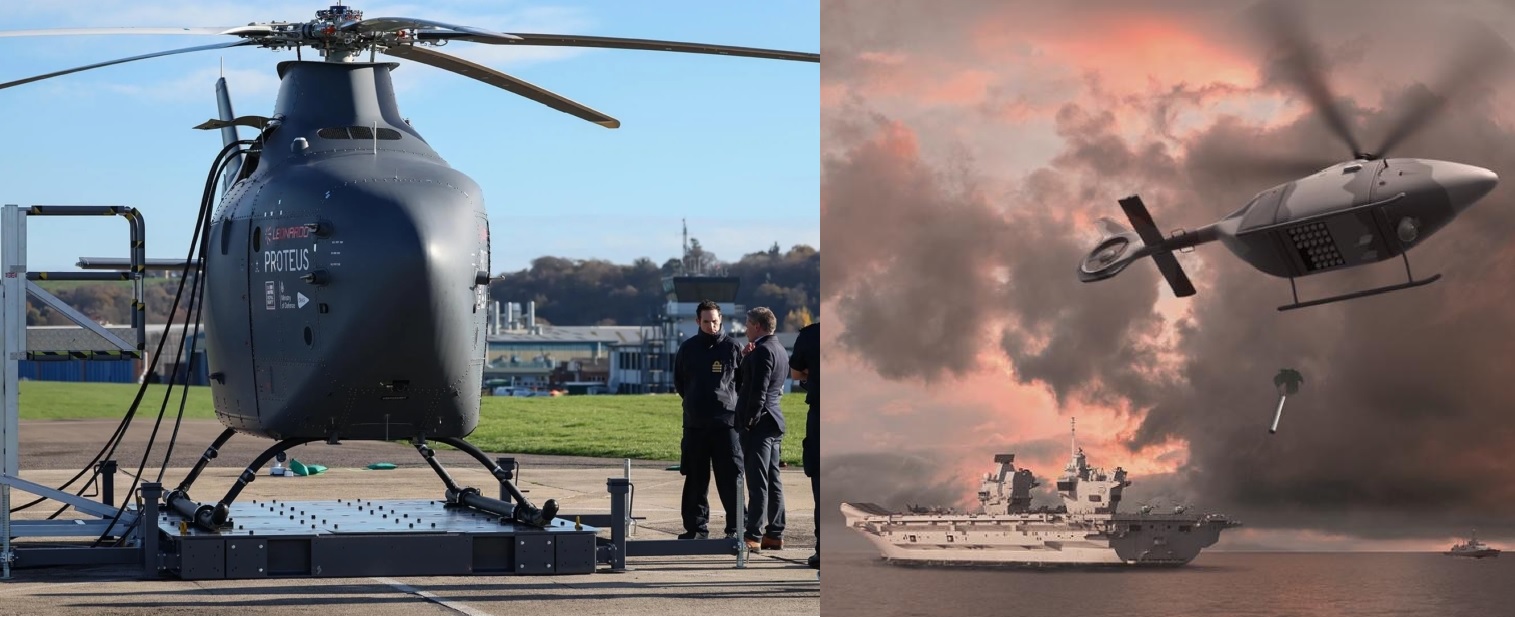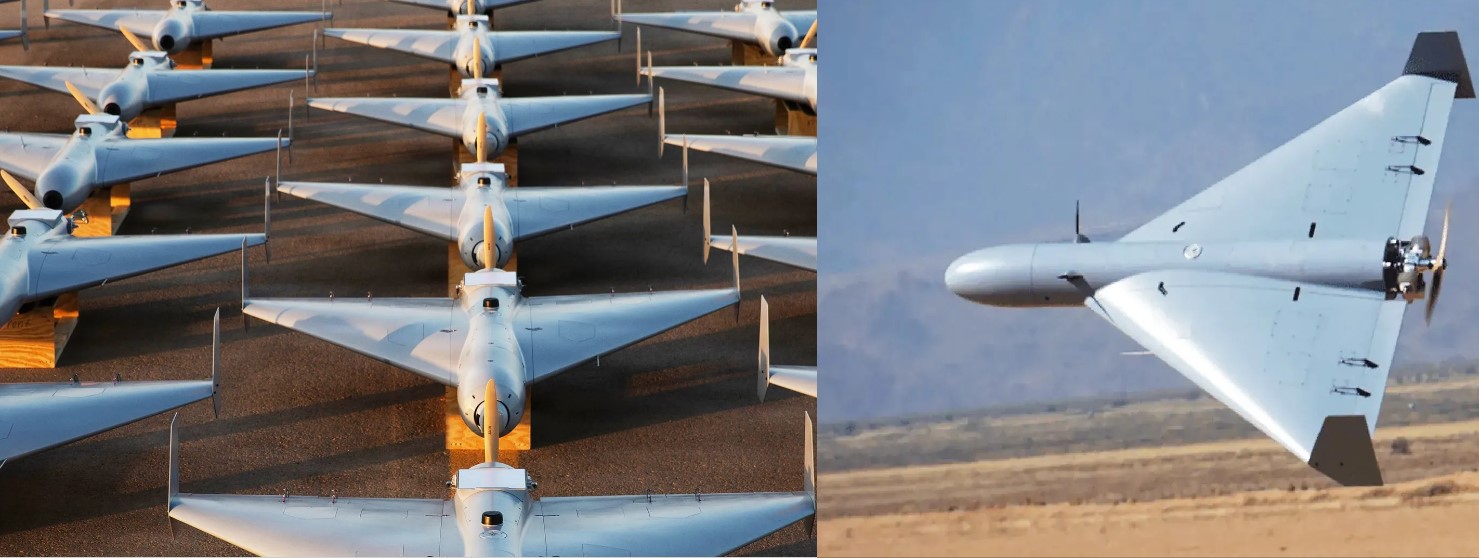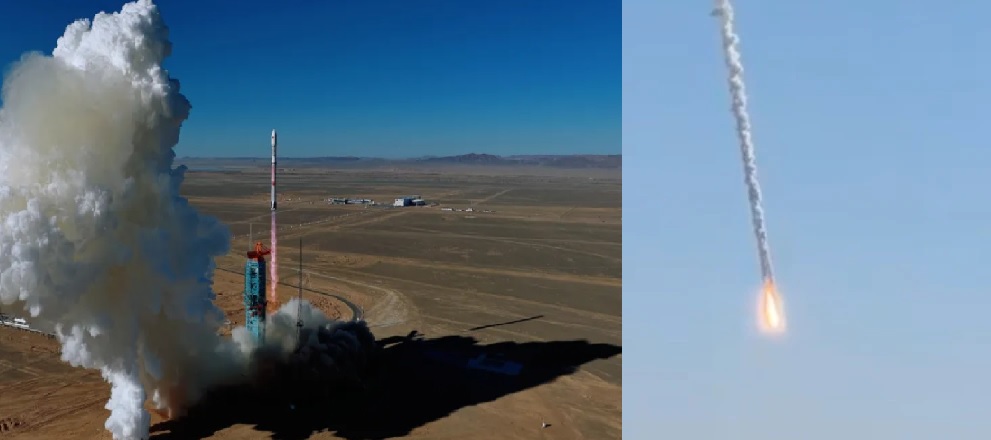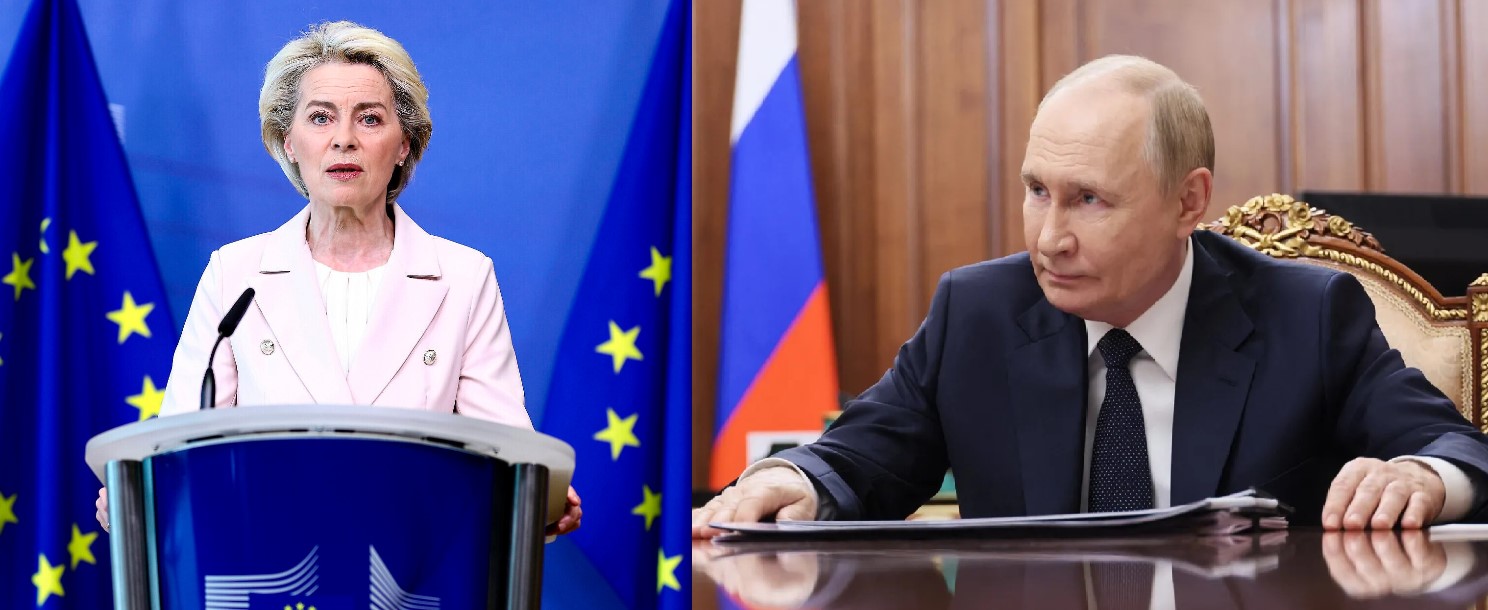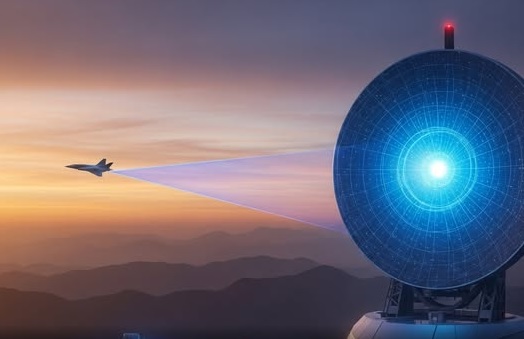India Halts Purchase of 6 P-8I Aircraft After U.S. Imposes 50% Tariff

In a dramatic turn of events, former U.S. President Donald Trump has imposed an additional 25% tariff on Indian imports—raising the total to 50%—in response to India’s ongoing importation of discounted Russian oil. Concurrently, India has halted new U.S. arms procurements, including a $3.6 billion deal for six Boeing P‑8I maritime patrol aircraft, signaling a decisive shift in bilateral dynamics.
Trump’s Trade Escalation
-
On July 30–31, 2025, Trump announced a 25% reciprocal tariff on Indian goods, citing both stalled trade talks and India’s energy and defense ties with Russia.
-
On August 6, 2025, he followed through with an additional 25% tariff tied specifically to India’s Russian oil purchases—effectively testing India with a 50% levy. The tariffs take effect August 27, with a 21-day negotiation window inserted.
-
Top officials warned India might face even 100% tariffs if it continued buying Russian oil. China, despite its higher volume of purchases, was not similarly penalized in this round.
India’s foreign ministry condemned the move, calling it “unfair, unjustified and unreasonable” and vowed to defend its economic sovereignty.
The tariffs threaten up to $64 billion in Indian exports, especially from sectors like pharmaceuticals, textiles, jewelry, gems, and petrochemicals. Economists estimate this could shave off up to ~2% of India’s GDP, though the RBI maintains a 6.5% growth forecast for the fiscal year.
Strategic Freeze on U.S. Defense Deals
-
India has paused approval of all major U.S. defense contracts, including the prospective order of six additional P‑8I Poseidon aircraft. That deal—valued at approximately $3.6 billion—was already under review due to rising costs and now faces strategic re-evaluation.
-
This move indicates a broader cooling in military procurement from the U.S.—at least until tensions diminish or a new framework is negotiated.
P‑8I Legacy Deal
-
India originally ordered eight P‑8Is in 2009 for $2.1 billion, followed by four more in 2010/2016. Variants include India-specific sensors like the APS‑143 OceanEye radar and magnetic anomaly detector, plus Harpoon and Mark 54 torpedo armaments.
-
A 2021 Letter of Request for six more aircraft came amid increased maintenance costs tied to supply shocks in 2025.
F‑35 Rebuffed
-
In 2025, Trump personally floated the idea of permitting India to acquire F‑35 stealth fighters—a watershed moment in defense diplomacy. However, Indian officials declined the offer, preferring technology-sharing agreements and indigenous manufacturing over full platform buys. New Delhi emphasized its “Make in India” defense posture and insistence on clear offsets.
Other U.S.–India Defense Ties
Despite diplomatic turbulence, previous cooperation remains substantial:
-
Notifications since 2021 include high-value U.S. systems: MQ‑9B Sky Guardian drones, MH‑60R Seahawk helicopters, AH‑64E Apache, CH‑47F Chinook, C‑130J, and C‑17 Globemaster III transports, as well as torpedoes, sonobuoys, missiles, and training packages.
-
These acquisitions underscore that India hasn't abandoned U.S. defense collaboration—but further expansions are on ice, at least temporarily.
Geopolitical Tug-of-War
Trump’s manufacturing of a bilateral showdown—coupled with closer ties to Pakistan and promises of an oil and trade deal there—marks a sharp recalibration of U.S. strategy in South Asia. India, in response, is doubling down on energy security and strategic autonomy, even at the cost of short-term trade friction.
Trade talks have collapsed amid miscommunications and mutual miscalculations. India believed it was offering significant concessions; the U.S. wanted headline-grabbing leverage, and ultimately found those inadequate. What followed was that 25% tariff, now augmented to 50%, and a new strain in defense cooperation.
Why This Matters
-
India is signaling a new posture: one less deferential to U.S. pressure, more rooted in national economic and strategic interests.
-
The Punjab‑Modi‑Trump camaraderie of 2023 has been replaced by suspicion, assertion of sovereignty, and a pivot toward diversifying energy and defense ties.
-
As the U.S. tightens screws, India is doubling down on Russia connections, while pursuing its own Make in India narrative—insisting that future deals prioritize joint design, industrial participation, and minimal imports.
India has made its message clear: it’s not the old India—deferential to U.S. timelines or transactional optics. It is the new India, willing to balance global forex inflows, energy needs, and defense capabilities against geopolitical coercion.
✍️ This article is written by the team of The Defense News.
